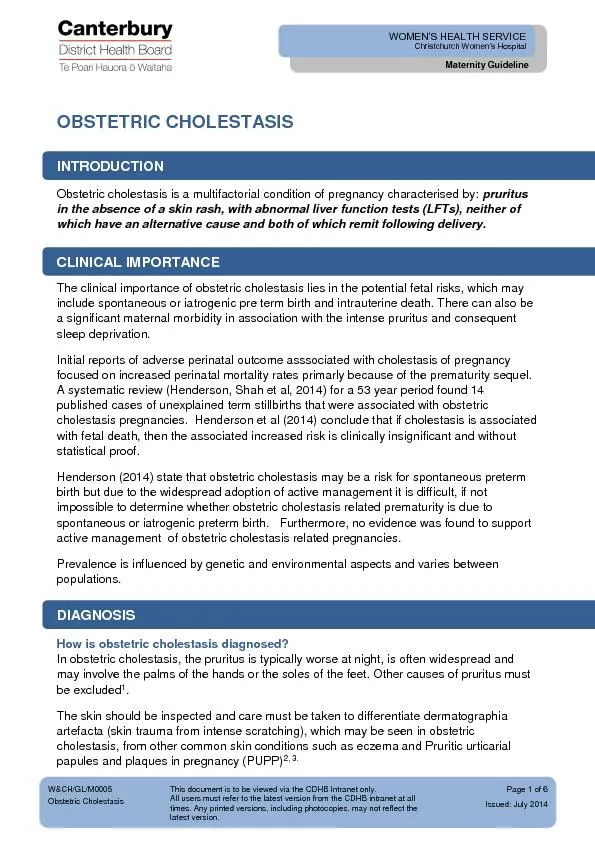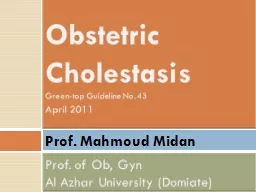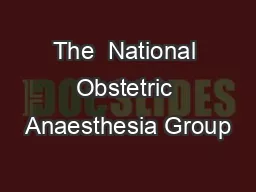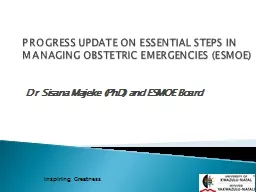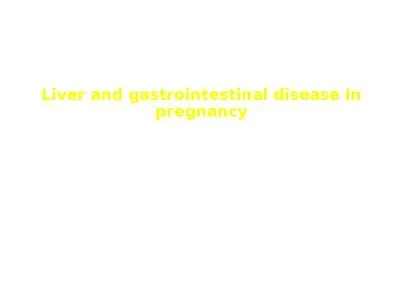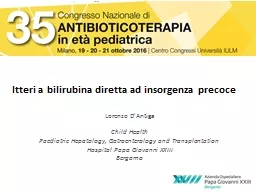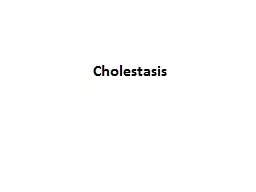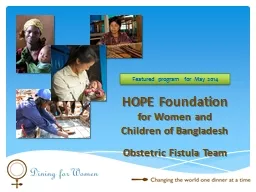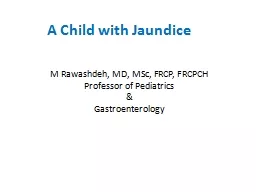PDF-Obstetric Cholestasis
Author : heavin | Published Date : 2022-08-22
Ref GL M0005 This document is to be viewed via the CDHB Intranet onlyAll users must refer to the latest version from the including photocopies may not reflect the
Presentation Embed Code
Download Presentation
Download Presentation The PPT/PDF document "Obstetric Cholestasis" is the property of its rightful owner. Permission is granted to download and print the materials on this website for personal, non-commercial use only, and to display it on your personal computer provided you do not modify the materials and that you retain all copyright notices contained in the materials. By downloading content from our website, you accept the terms of this agreement.
Obstetric Cholestasis: Transcript
Download Rules Of Document
"Obstetric Cholestasis"The content belongs to its owner. You may download and print it for personal use, without modification, and keep all copyright notices. By downloading, you agree to these terms.
Related Documents



